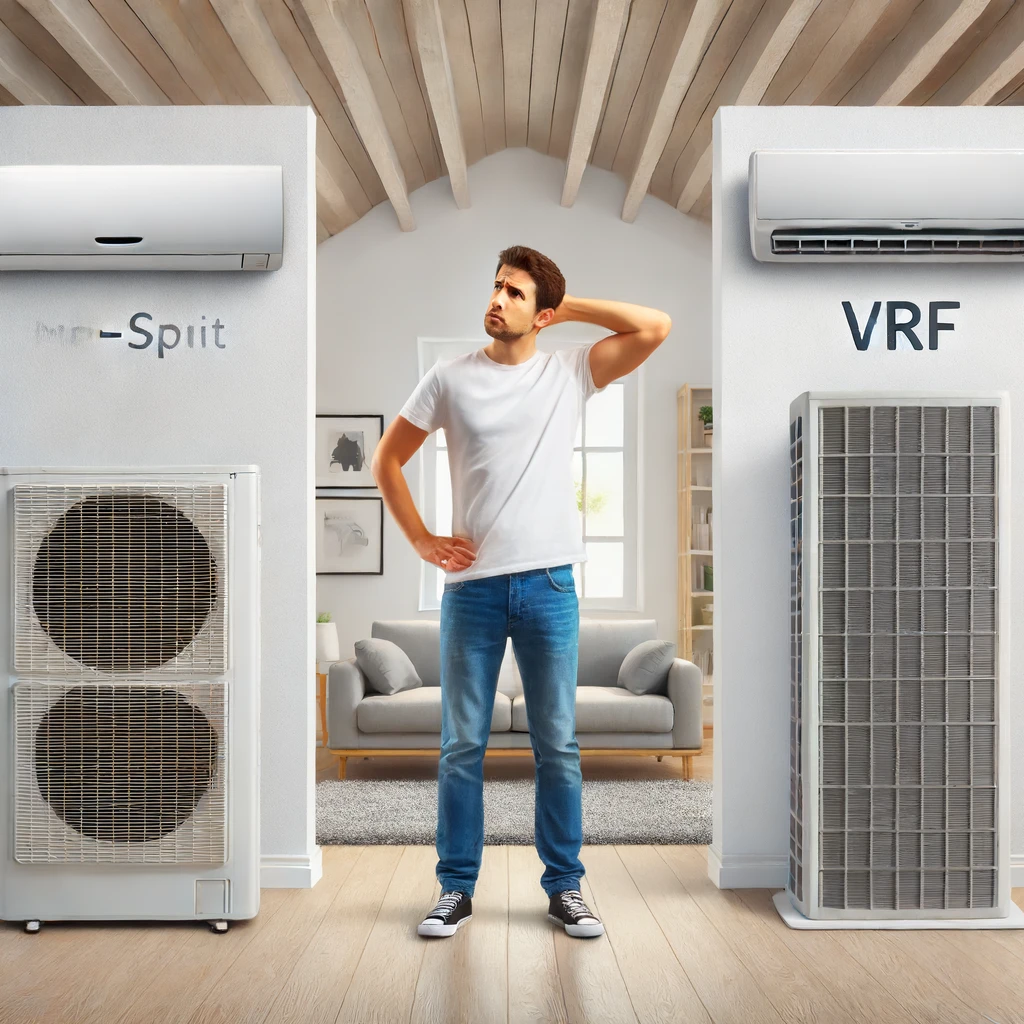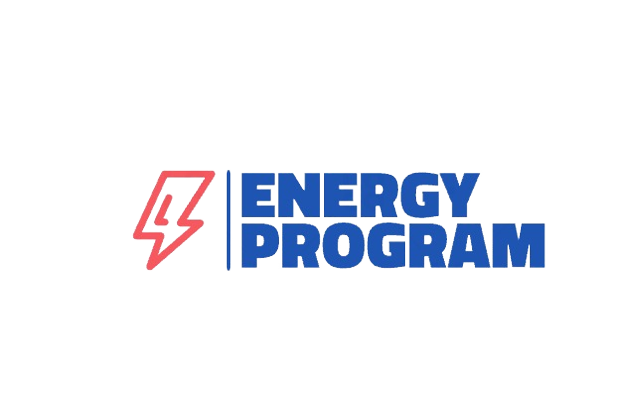
Variable Refrigerant Flow (VRF) systems have become a game-changer in the HVAC industry, providing significant energy efficiency improvements over traditional systems. Here’s how VRF systems stand out:
1. Precise Temperature Control
VRF systems allow for precise control of refrigerant flow to individual zones or rooms, meaning each area can be heated or cooled to the exact desired temperature. This eliminates the energy waste associated with over-conditioning spaces and enhances overall comfort.
2. Energy Savings through Modulation
Traditional HVAC systems often operate at full capacity, even when it's not necessary. VRF systems, however, modulate their compressor speeds based on the current demand, reducing energy consumption significantly. By adjusting to the load requirements, VRF systems avoid the energy spikes and inefficiencies of constant on/off cycles.
3. Heat Recovery Capabilities
One of the most innovative features of VRF systems is their ability to transfer heat between zones. For instance, heat extracted from a cooling zone can be used to warm another area that requires heating. This heat recovery process maximizes energy usage and minimizes waste, providing substantial savings, especially in buildings with varying heating and cooling needs.
4. Reduced Operational Costs
While the initial installation cost of VRF systems can be higher than traditional systems, the long-term operational cost savings are substantial. The increased efficiency, coupled with the reduced maintenance needs due to fewer mechanical components operating at full capacity, results in lower overall costs.
5. Flexibility and Scalability
VRF systems offer unmatched flexibility and scalability. They are ideal for a wide range of applications, from small offices to large commercial buildings. The modular nature of VRF systems allows for easy expansion or reconfiguration as building needs change, ensuring long-term adaptability and efficiency.
6. Enhanced Comfort and Air Quality
By delivering precise temperature control and maintaining optimal humidity levels, VRF systems significantly enhance indoor comfort. Furthermore, these systems often integrate advanced filtration and ventilation options, contributing to improved indoor air quality and a healthier environment.
Incorporating VRF systems into HVAC design not only boosts energy efficiency but also enhances occupant comfort and reduces operational costs. Their ability to provide precise temperature control, energy modulation, heat recovery, and scalability makes them an excellent choice for modern building requirements. As energy efficiency becomes increasingly important, VRF systems stand out as a sustainable and cost-effective solution for HVAC needs.
